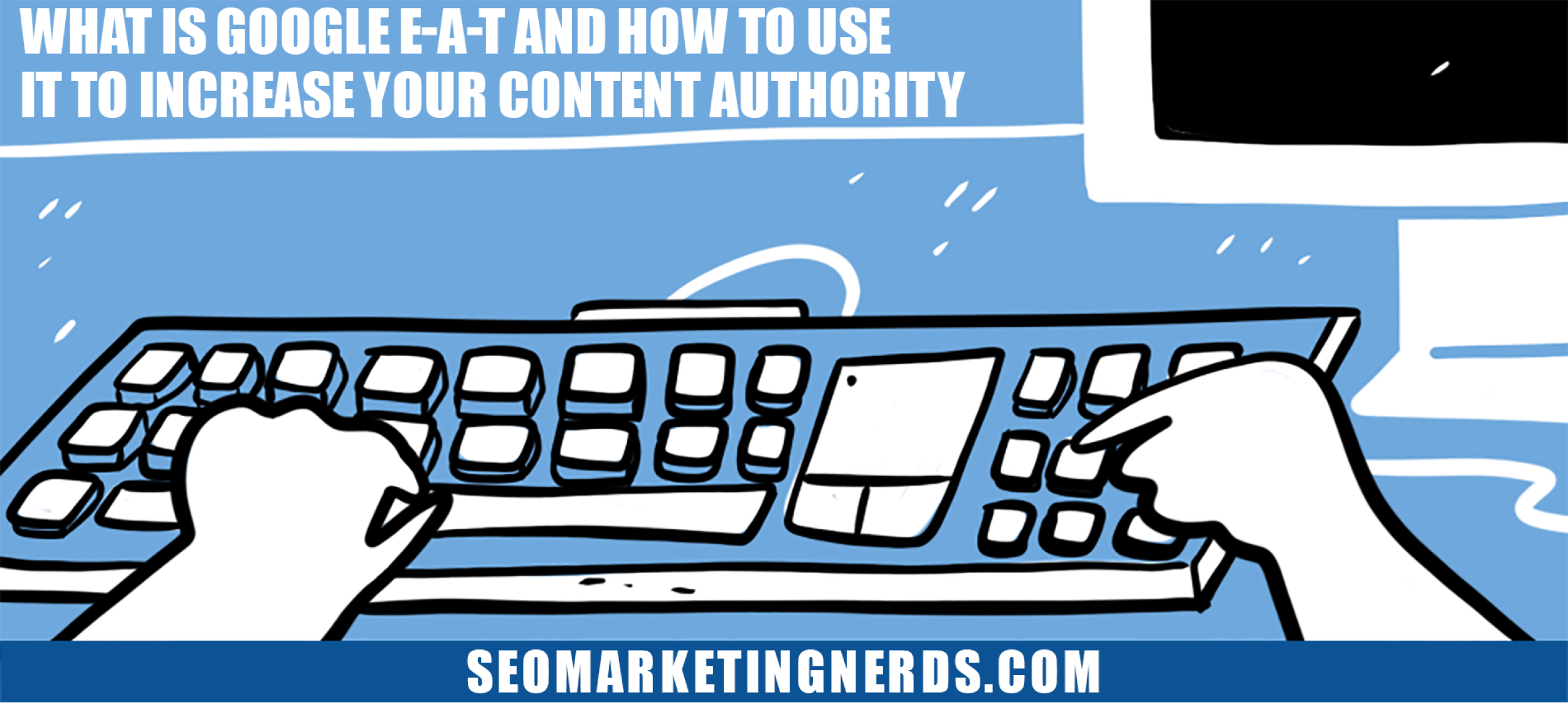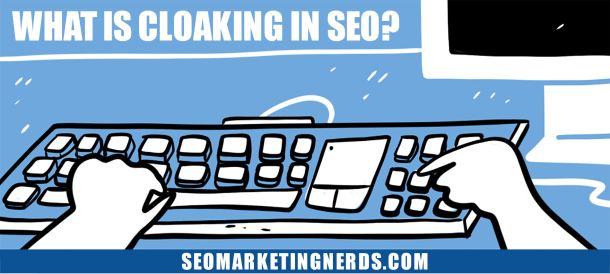What Is Google E-A-T And How To Use It To Increase Your Content Authority
Table of Contents
ToggleThe term E-A-T has been thrown around by SEO experts ever since Google came out with it a few years ago, but what does it actually refer to?
E-A-T is the guideline by which Google rates a page as being of high quality. Such pages will have high levels of expertise, authoritativeness, and trustworthiness.
In the rest of the article, we will understand how E-A-T and YMYL interact, explore the importance of E-A-T in ranking, look at whether Google uses the same principles to rank individual authors, and discuss how you can incorporate it into your content.
Acronyms Explained
We will repeatedly use a pair of acronyms throughout this article, one of which is E-A-T. For the benefit of readers unfamiliar with them, let’s define them before we move on.
What Is E-A-T?
E-A-T stands for expertise, authoritativeness, and trustworthiness. These are the metrics by which Google decides whether the pages within and a website overall are high quality.
Expertise is defined as a site owner’s knowledge of the subject matter.
Authoritativeness is defined as the credibility of the website.
Trustworthiness is defined as how honest and true the information on the website is.
What Is YMYL?
YMYL stands for “your money or your life.” A site is categorized as a YMYL site if it has the potential to affect a user’s happiness, wealth, or health in the future.
Sites that are often considered YMYL sites include, but are certainly not limited to, sites offering legal advice or medical advice, sites about finance, and shopping sites.
Is E-A-T A Factor In Ranking?
The short answer is yes, but Google does not have a single, unified algorithm that rates a site’s potential E-A-T score. However, a Google representative has confirmed that the principle of E-A-T is conceptualized by several algorithms that do bits and pieces of it along with, and indeed as a part of, their core duties.
The significance of this is that contrary to the surface takeaway that E-A-T is not a ranking factor, it actually is important in ranking. What needs to be understood is that unlike much more straightforward factors such as page loading speeds, E-A-T cannot be quantified as one clear number, rank, or score.
For SEO professionals and website owners, this may seem like frustrating and even useless information because an algorithm that cannot be quantified cannot be “beaten.” Still, all it means is that the focus needs to be on meeting each of the three criteria in a more intuitive way rather than chasing numbers.
With that said, the traditional factors for ranking in Google, like backlinks and user behavior, continue to be the driving force behind a site and its pages’ ranking on the search engine. E-A-T are complementary factors to those rather than total replacements for the algorithms of yesteryear.
Is E-A-T Only Important For YMYL Sites?
E-A-T is especially crucial for YMYL sites due to the stakes involved, but that does not mean that it bears no relevance to sites that would not be categorized as YMYL. The best practice is to always take E-A-T into consideration. Keeping on top of it will certainly not hurt your rankings, no matter how irrelevant it may seem to your site.
Is E-A-T Measured For Individual Authors?
Google has confirmed that E-A-T algorithms assess more than just a website and its pages, ranking authors too.
To sum up, how this works in the simplest terms, a website will have its E-A-T assessed by the gamut of algorithms in an expected way. An article or post on that website with an author listed that, hypothetically, has a very high E-A-T rating will boost its own E-A-T rating as a result of this.
So how does an author attain a good E-A-T rating from Google? Being prolific is part of the equation, but the quality is infinitely more important than quantity. A Google representative gave a hypothetical example of “an executive for WaPo” qualifying for an entity – an entry in Google’s database of authors for measuring E-A-T on an individual level.
You would not need to be quite so high up, however. A regular or even sporadic contributor to big names like Business Insider or Forbes is as likely to have an entity generated for themselves. It is precisely this point that shows you how you can leverage author E-A-T for your own site.
If you can attract guest posters that have renown through contributions to known publications, even if they are more modest than the big names mentioned, then their contributions to your site will carry a large portion of this reputation to you.
The other side of the same coin is for regular contributors to your own site, yourself included, to get the same reputation from third parties. This can mean guest contributions to known publications, but if you understandably find that a difficult hurdle to overcome, an easier alternative is to get your names mentioned on other sites, for example, on sites for expert societies.
How Do You Incorporate E-A-T Principles In Your Content?
The mantra of “content is king” continues to be relevant, both in general and with specific regard to E-A-T. Google’s own ranking guidelines define high-quality main content as fulfilling the following criteria:
- Original
- Comprehensive
- Accurate
- Clear
- Well-presented
- Reflective of expert consensus
By their own admission, these standards can be at the mercy of some degree of subjectivity, especially the last point, but by and large, content of the same type is generally bound by the same standards.
Some practical examples of how to work to the above include keeping a consistent theme throughout your site, citing authoritative sources, having the standard array of T;C pages and similar, and using long-form content as appropriate.
Final Thoughts
Although there is no silver bullet to dominating the E-A-T algorithm since no such single algorithm exists, we have learned how Google uses E-A-T and how you can work towards improving your content authority using E-A-T.
Latest Posts
© SEO Marketing Nerds. All rights reserved.



